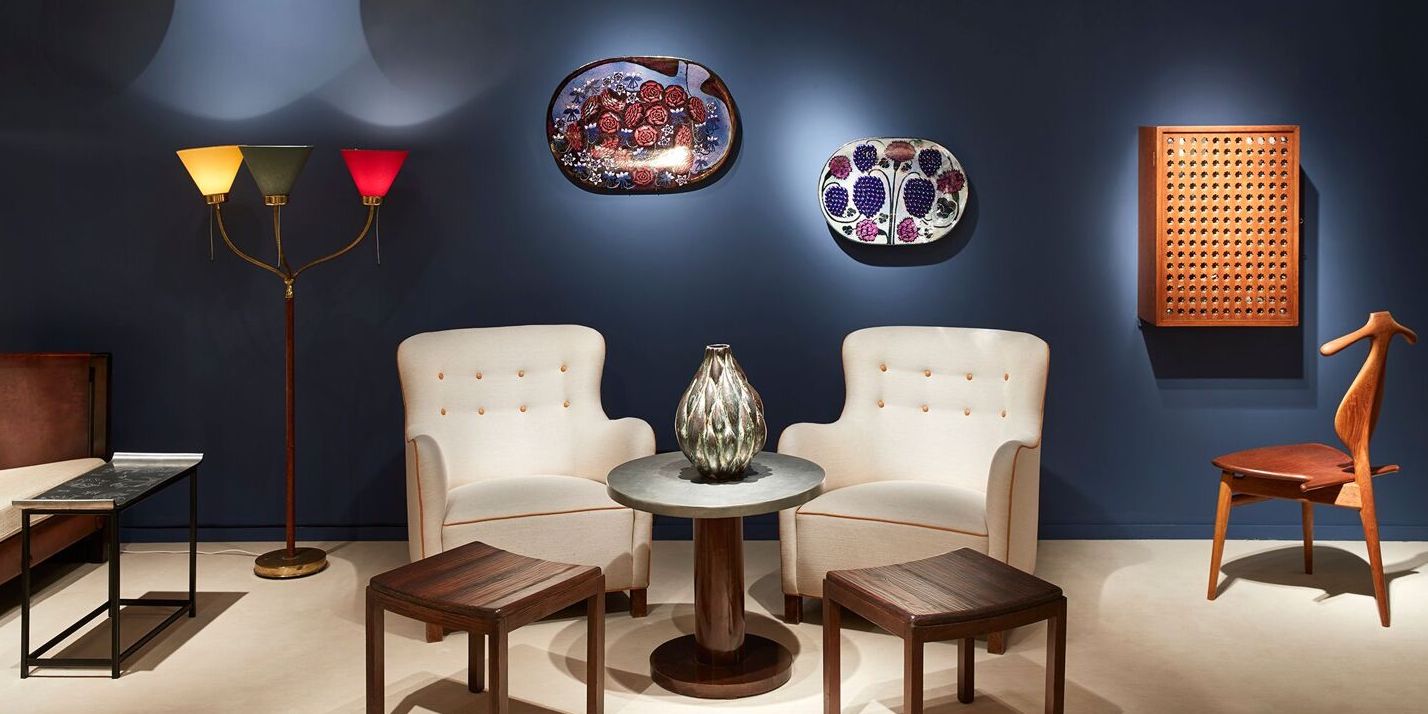Stockholm and London-based Modernity is one of the world’s finest galleries specialising in 20th-century Scandinavian design. Effect speaks to founder Andrew Duncanson about his discerning eye and talent for uncovering rare pieces.
In the early part of the 20th century, Swedish design and architecture was internationally still relatively unknown. All that changed at the 1925 Paris World Exhibition, where Sweden’s pavilion featured a set of finely crafted reception-hall furniture – and the most celebrated pieces were a gilded oak cabinet and two small armchairs designed by architect Carl Hörvik that were awarded the prestigious Grand Prix.
In the ensuing years, the pieces disappeared from the public eye and were thought by many to be lost – that is, until they were dramatically re-discovered by Scottish-born, Stockholm-based gallerist Andrew Duncanson.
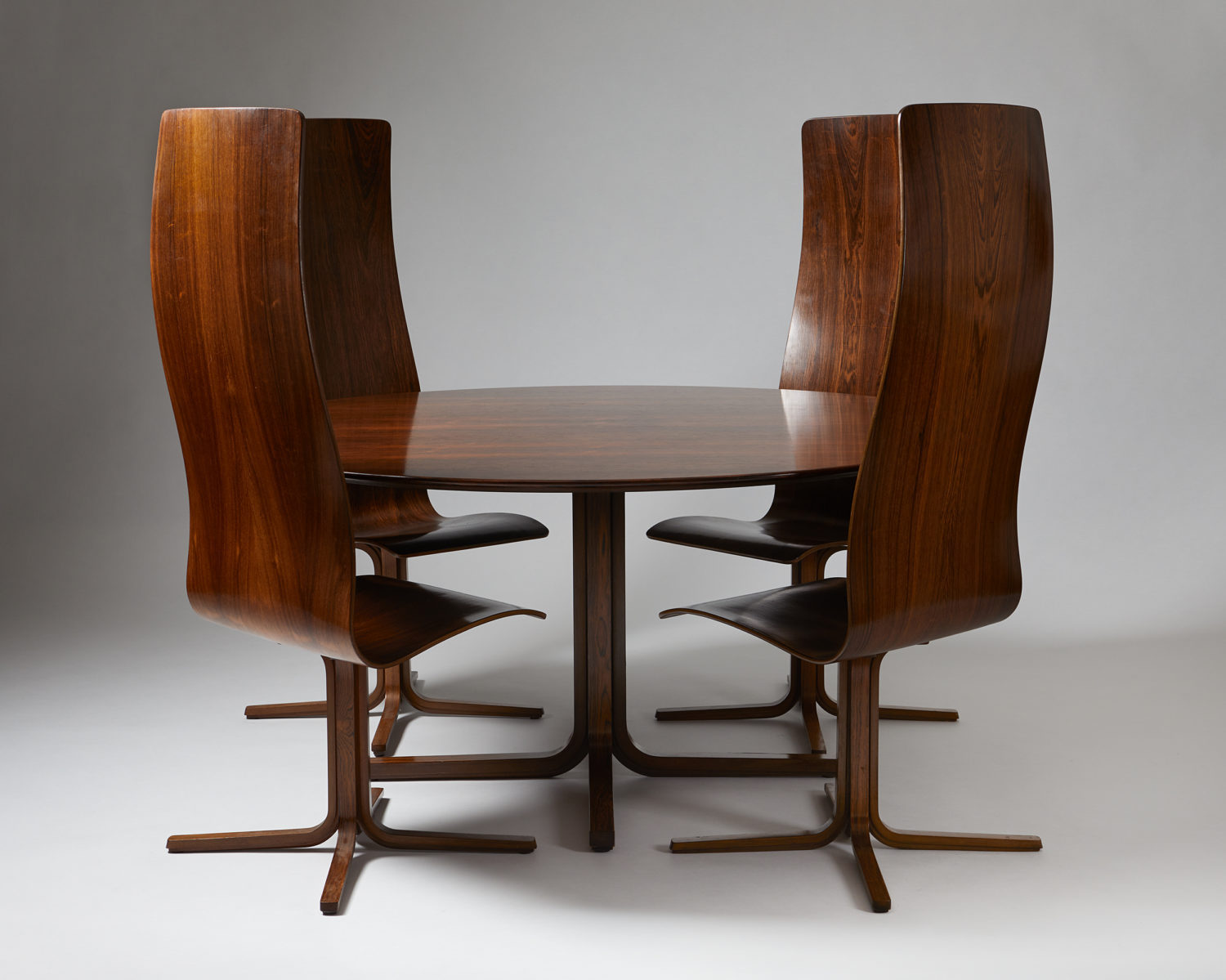
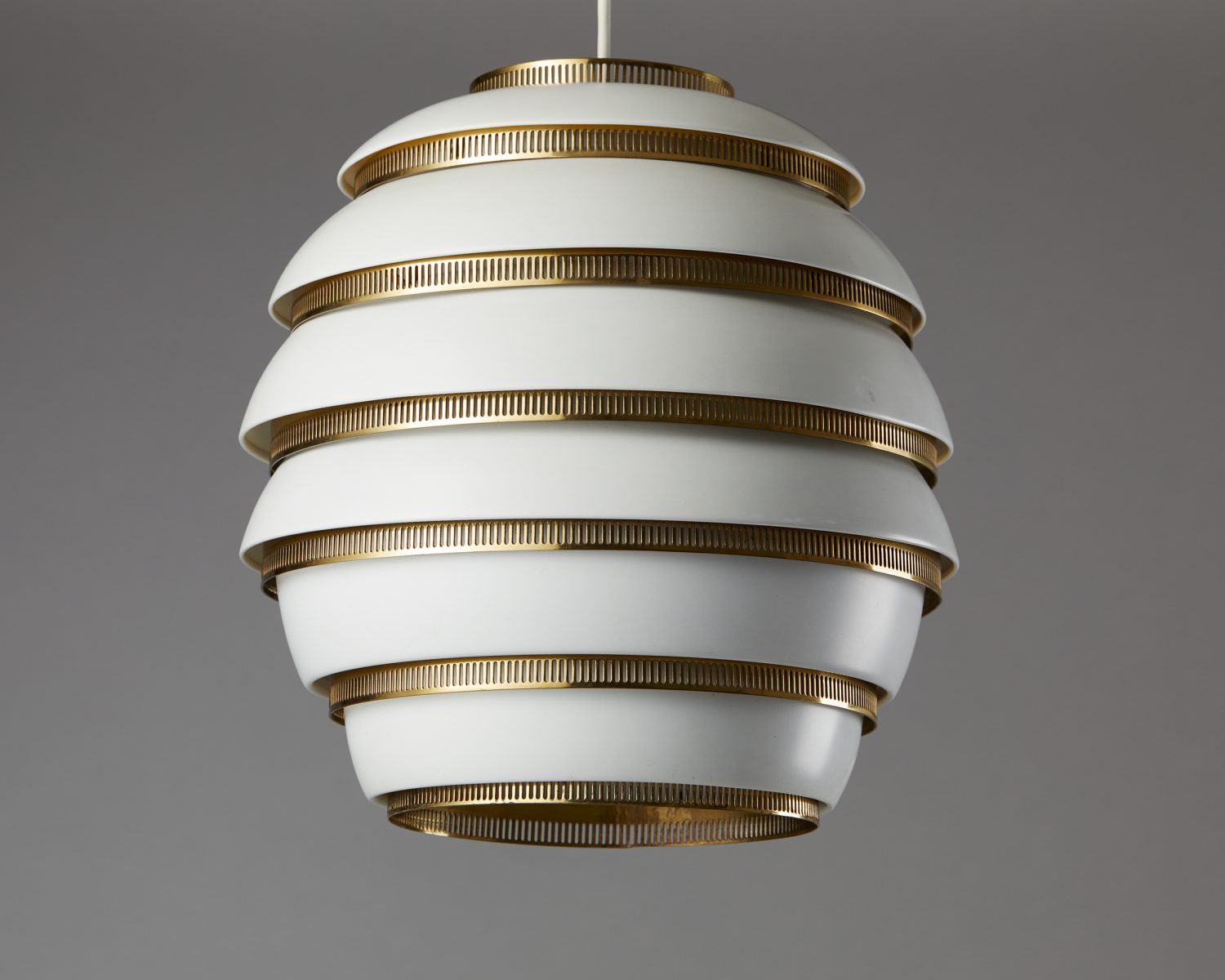
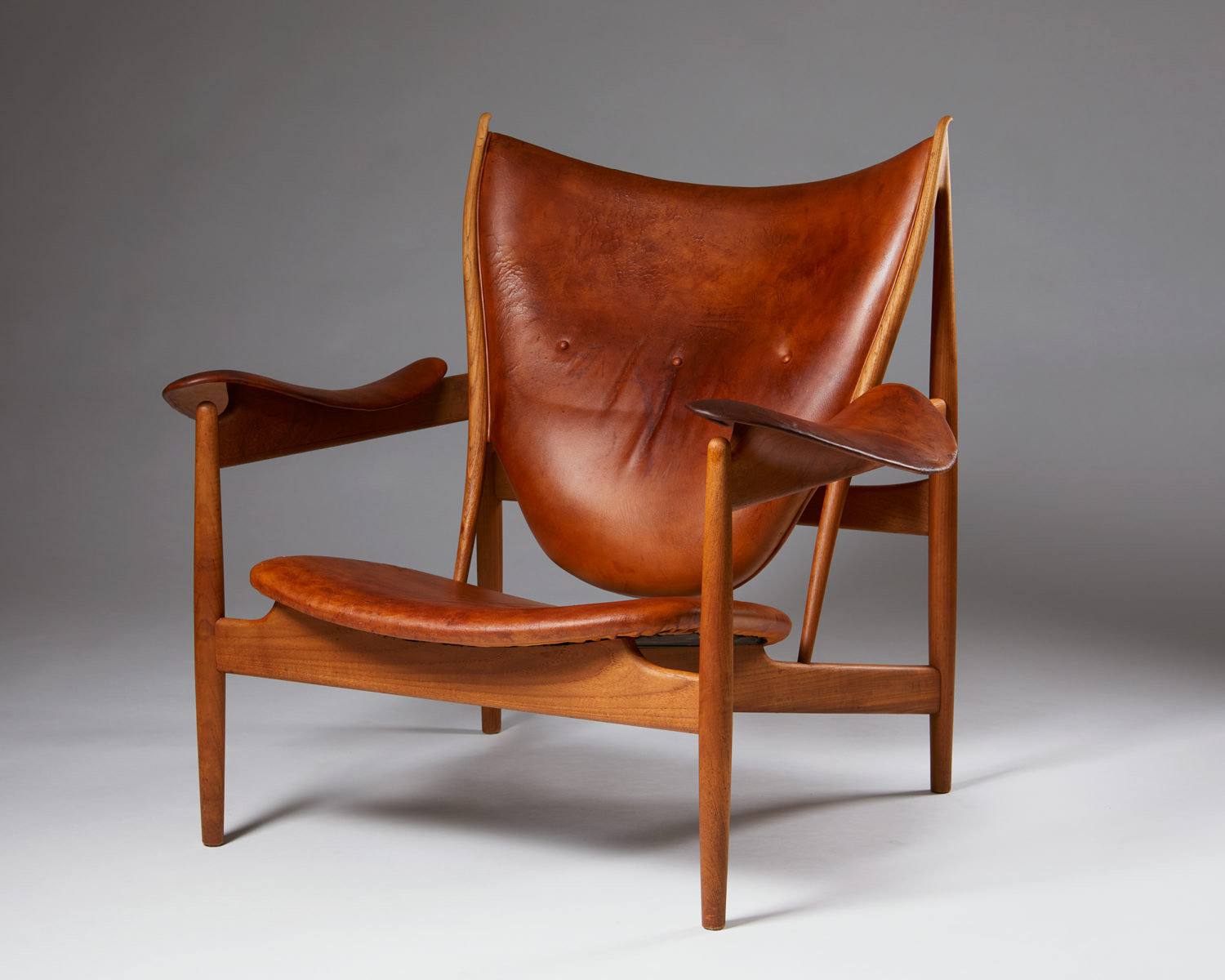
Duncanson’s eye for rare and beautiful design objects is the key to the success of his gallery, Modernity. Today, more than two decades after it was founded, the gallery boasts locations in Stockholm and London and is devoted to 20th-century Nordic design – think rare pieces such as a set of four high-backed chairs and matching table designed by Arne Jacobsen for St Catherine’s College Oxford; an original Chieftain armchair designed by Finn Juhl for Niels Vodder; or an early six-tier version of Alvar Aalto’s iconic Beehive ceiling lamp for Valaistustyö. But of all the treasures he has discovered throughout the years, Hörvik’s exquisite cabinet and chairs are still the most memorable.
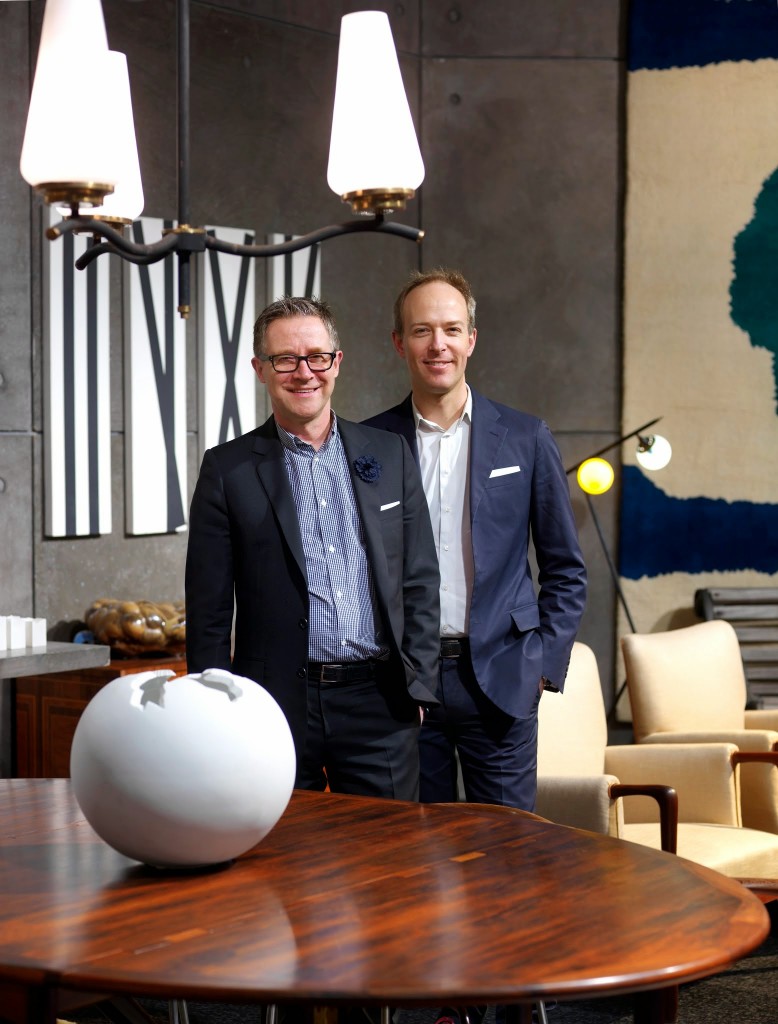
“I broke out into a cold sweat when I got a call from one of my colleagues about the cabinet,” he recalls. “It’s magnificent.” It was being sold together with the two chairs, but Duncanson couldn’t afford to buy the sought-after pieces; nor could Sweden’s Nationalmuseum.
It was an incredibly intense revelation for me to see all that design – not just vintage, but contemporary. It was everywhere.
Andrew Duncanson, founder, Modernity
The next week, however, following a highly successful design fair in London, Duncanson returned to the seller ready to buy. In 2014, almost 90 years after they were first shown, Modernity returned the pieces to Paris, where the set won the best object at the PAD Paris fair. The stunt generated so much media coverage on Hörvik’s work that the architect’s hometown in the county of Blekinge in the south of Sweden named a square after him.
Eventually, the pieces were purchased by the Nationalmuseum using a donation from the father of one of Duncanson’s friends – and the Scottish gallerist had played a key role in returning a piece of Swedish design history to the public eye. “Everything worked out perfectly,” he says modestly. “The museum is delighted with it.”
Despite his clear aptitude for navigating the world of design, Duncanson’s journey to acclaimed gallerist was not always a given. He grew up in Glasgow, Scotland, and while he has worked in retail his entire career, he began as the manager of a sports shop. His interest in design, however, has always been there. “I don’t know where it came from,” he muses. “It could be a reaction to my parents’ house – my mother was a bit of a hoarder and an indiscriminate collector of everything. There was no red line through her collection.” When he got his own place, he wanted to prioritise quality over quantity, taking inspiration from the gallery-like home of a childhood friend whose parents had bought everything from the single Danish design shop in Glasgow.

In his mid-twenties, Duncanson was approached to take over the largest design store in Edinburgh and he soon realised he wanted to transform his love for contemporary design into a career. He founded his own company and – in keeping with the trends of the late ‘80s and early ‘90s – sold mostly contemporary Italian pieces. Along the way, he educated himself on not only design history but also the business of design. When his partner and now husband, Isaac Pineus, decided to move back to his home country of Sweden in 1998, Duncanson decided it was time for a change and made the move with him from Edinburgh to Stockholm.
“In the first month of being in Sweden, I saw as much design as I’d seen in Britain in maybe two years,” he says. “It was an incredibly intense revelation for me to see all that design – not just vintage, but contemporary. It was everywhere.”
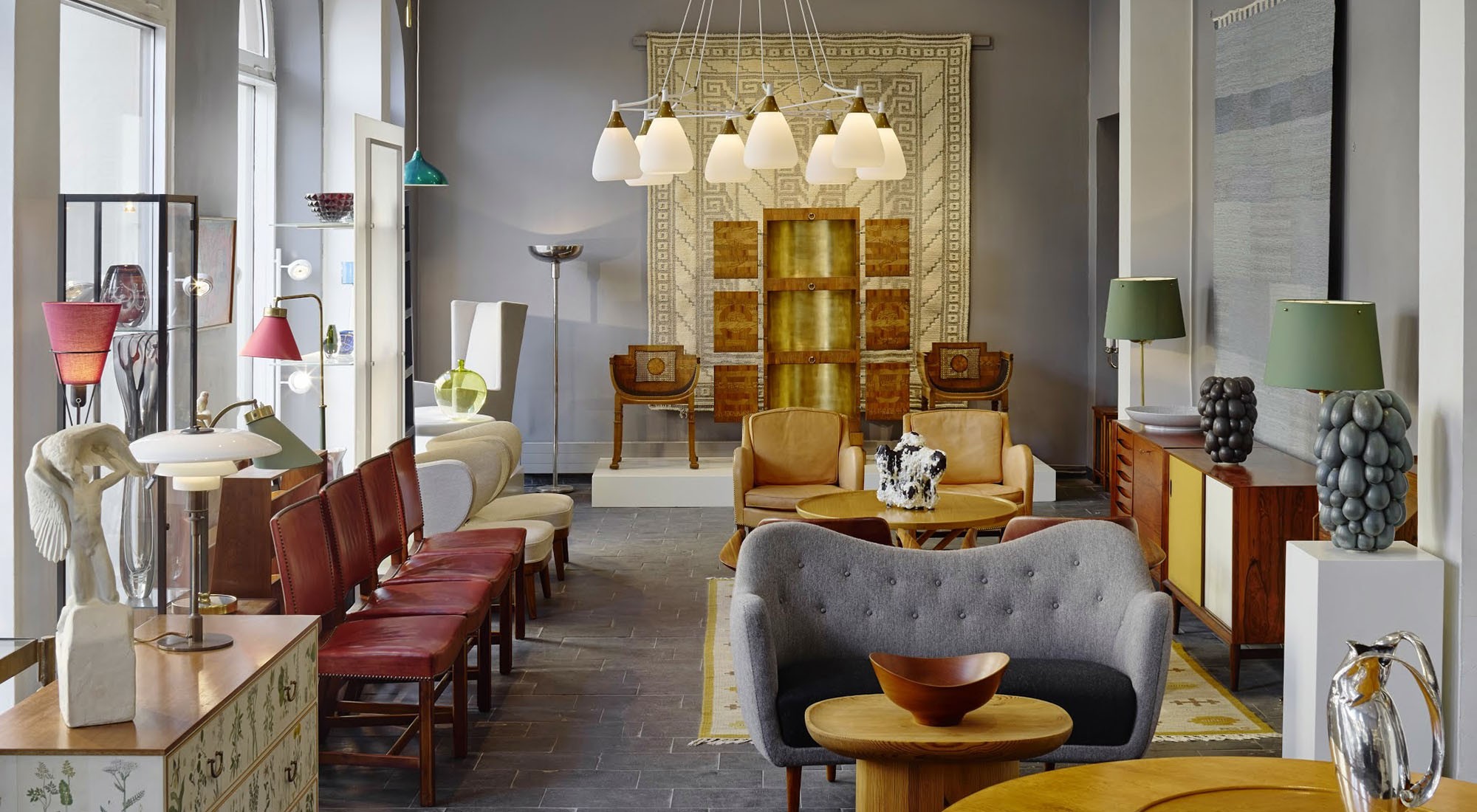
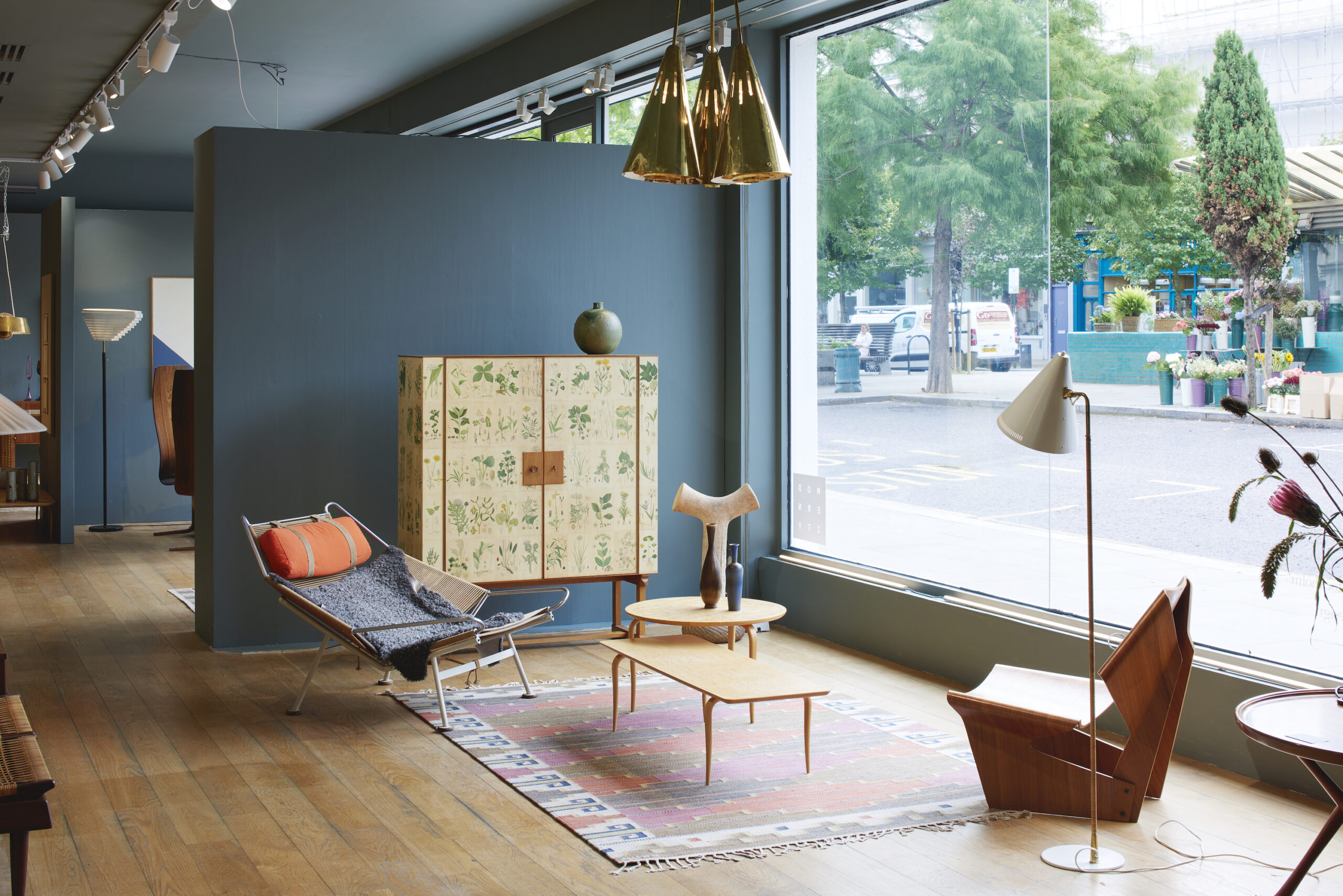
Duncanson had long been collecting vintage pieces, and was attracted to Nordic design by its essential simplicity and exquisite craftsmanship. So, when he founded Modernity, he used what he had and sold his own collection.
Success came quickly. Within two weeks, the showroom was half empty and, spurred on by the idea that people appreciated his eye for design, he was soon on the search for more rare pieces. “It became a way for me to buy the objects I love, without having to worry about where to keep them,” he says. “I see the gallery as my own constantly growing and changing collection.”

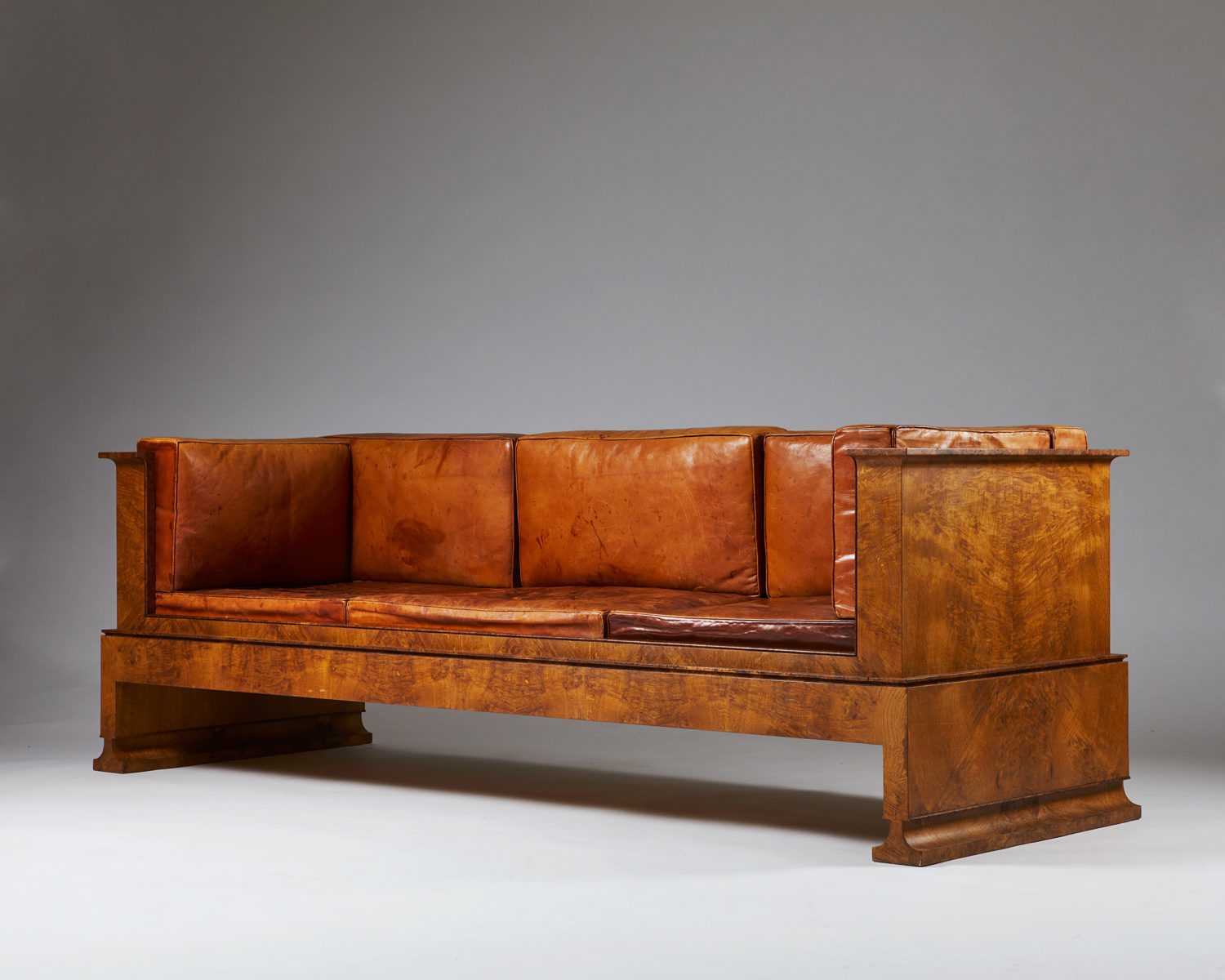
Modernity was originally located in Gamla Stan, the picturesque medieval old town of Stockholm, but after five productive years, Duncanson was looking for a new space. In 2003, they moved to a larger gallery in Östermalm, the city’s design district. Then, in 2019, he opened a second gallery in London, which is today located in Notting Hill, to cater to one of his largest markets.
Alongside the galleries, Duncanson has become a renowned expert on Scandinavian design, and regularly advises on authenticity and sources work for global institutions, including the MoMA and Cooper Hewitt Museum in New York, the LACMA in Los Angeles and the Nationalmuseum in Stockholm.

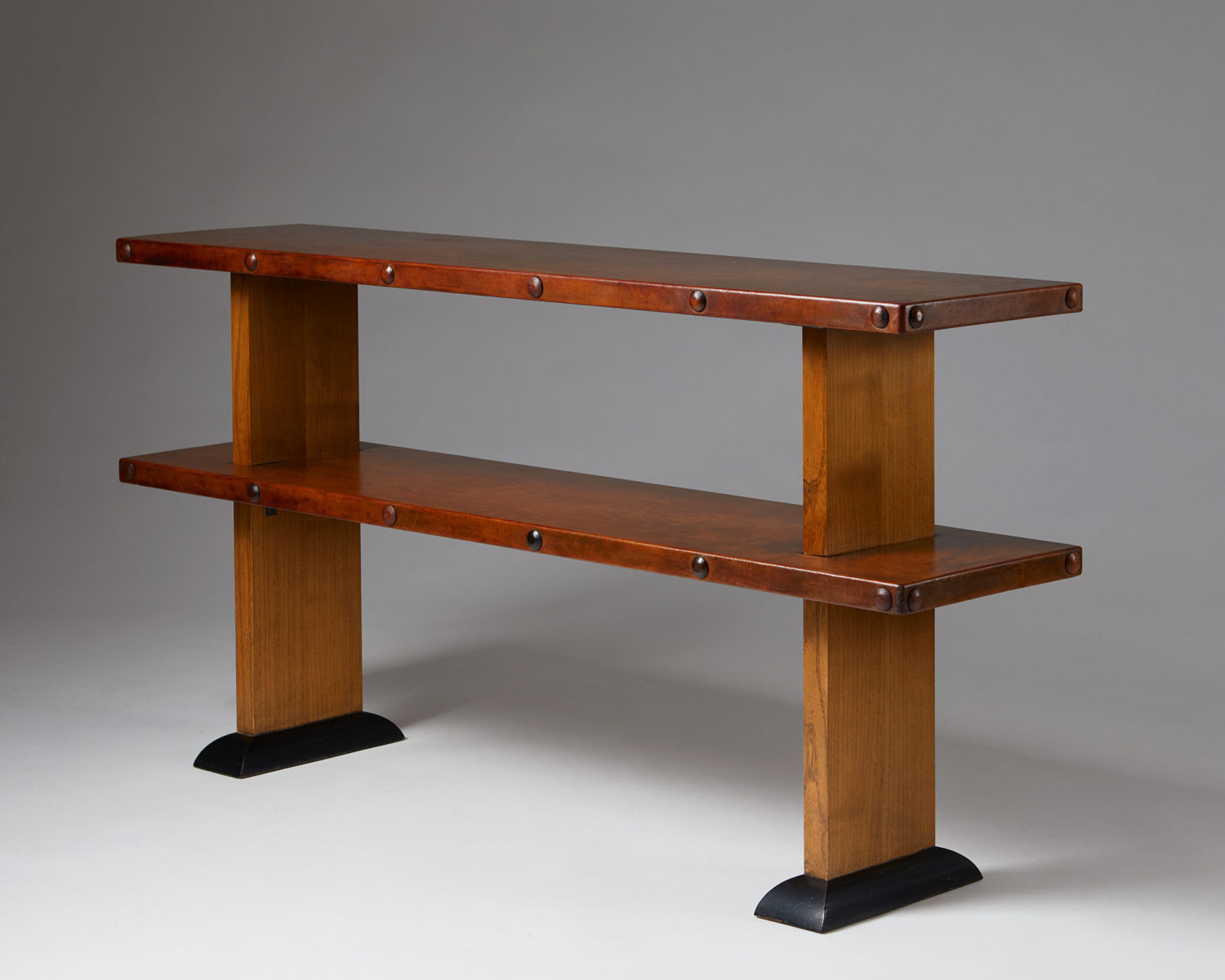

But the two galleries remain at the heart of what he does. In each space, Duncanson and his team carefully create individual room settings to help visitors imagine living with the pieces on display. It’s a similar approach to that taken at the many fairs that the gallery exhibits at, from European events such as The European Fine Art Fair in Maastricht and PAD London, to those further afield such as New York’s Salon Art + Design – he has even had visitors become so enamoured with his vision that they purchase entire room settings. Alongside the rare objects he discovers and the opportunity to be part of a dynamic international design community, it’s these kinds of interactions that Duncanson finds most rewarding in his work. “To be honest, it’s a little bit of an ego trip,” he admits. “I love it when people appreciate the objects I choose and want them in their home – when someone likes your taste it’s very satisfying.”
Effect Magazine is brought to you by Effetto



